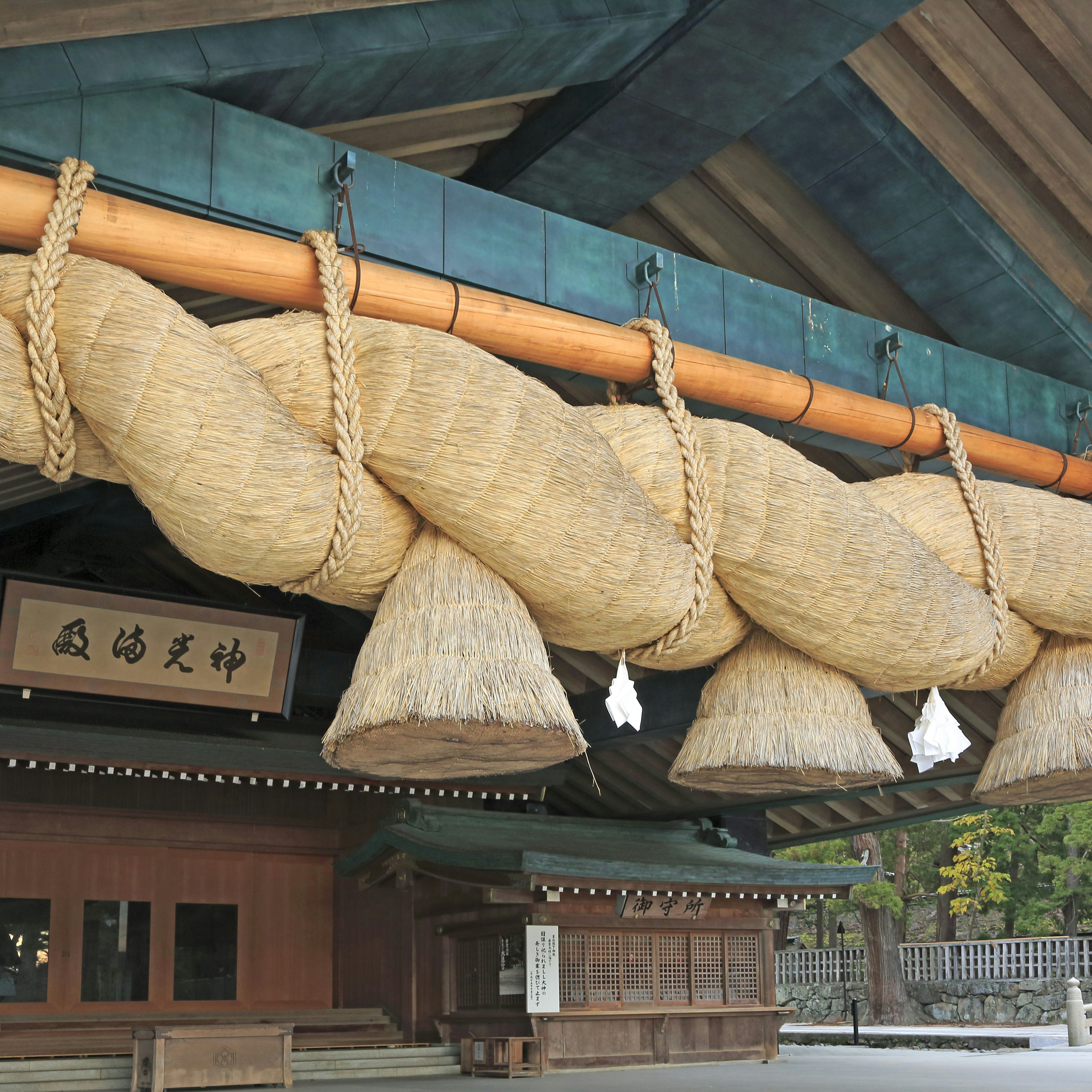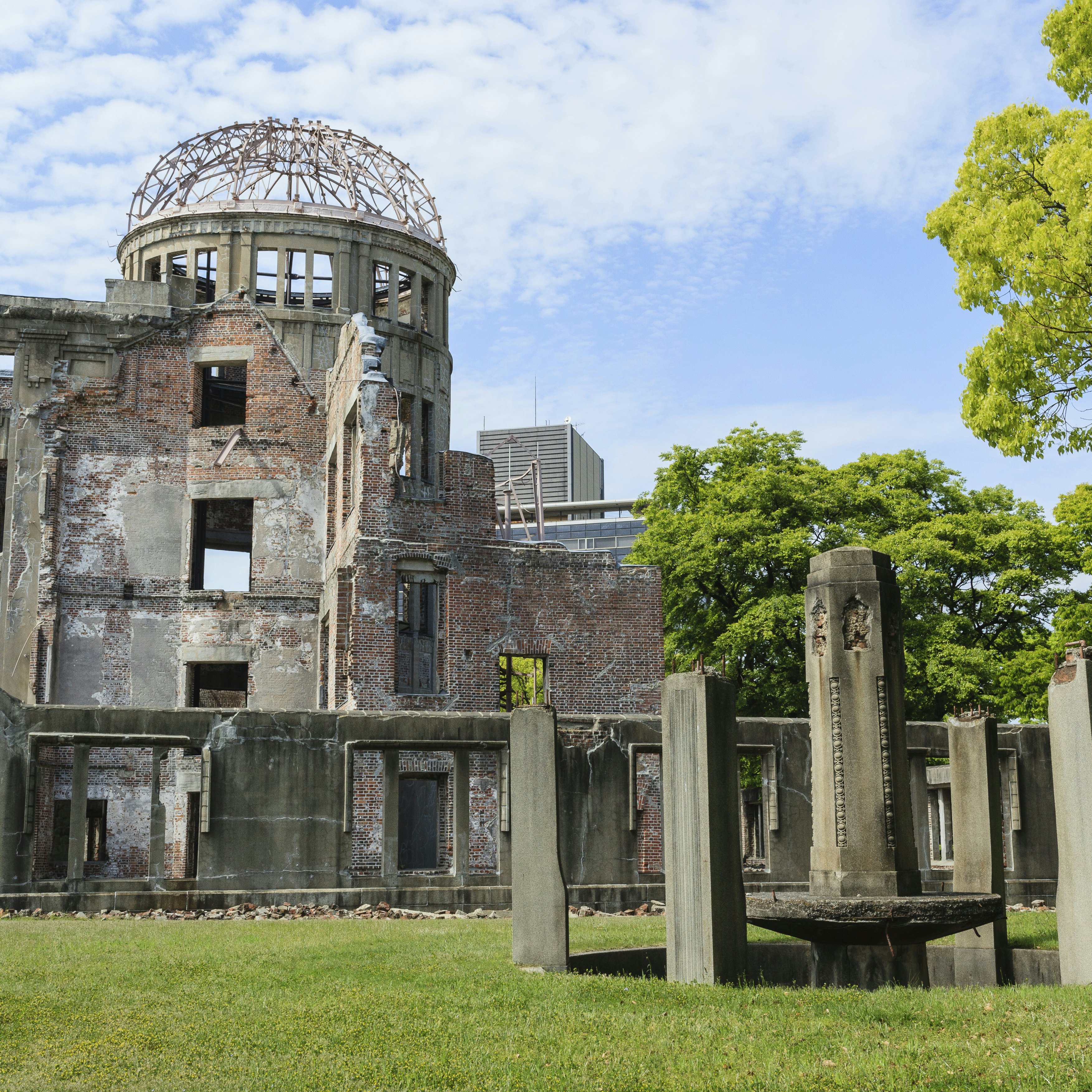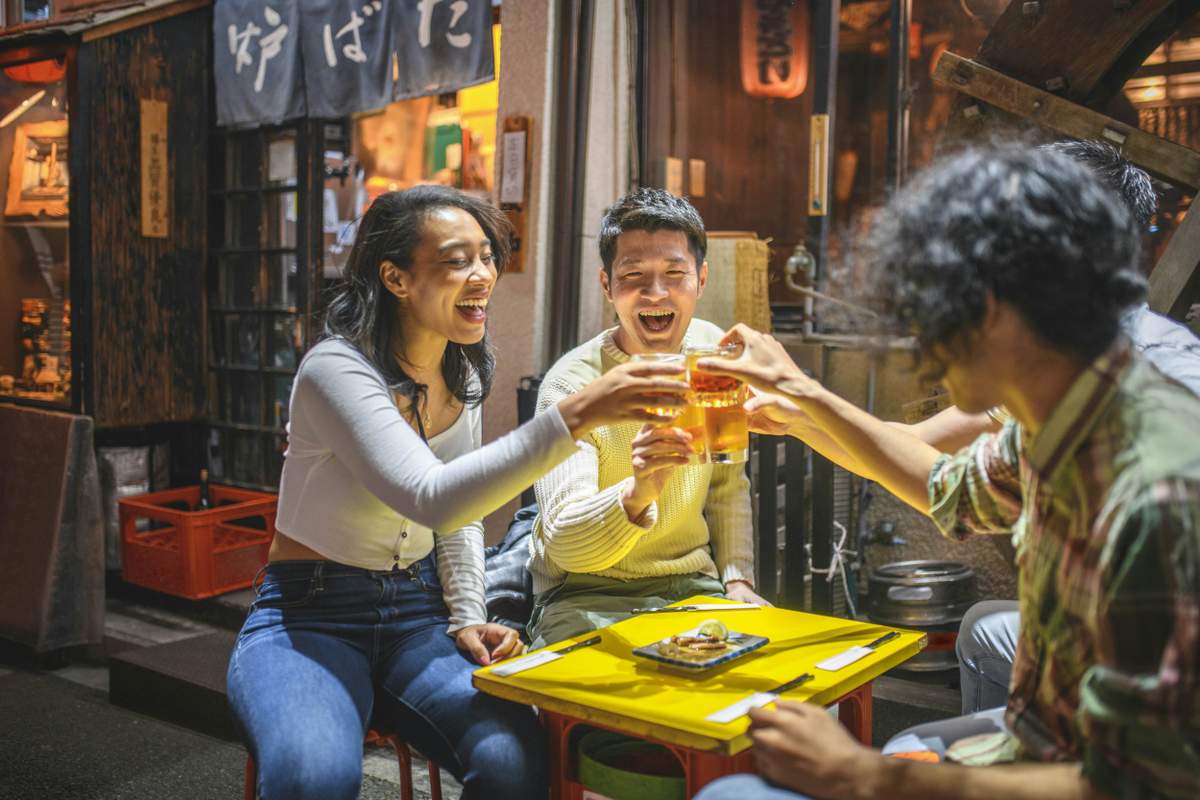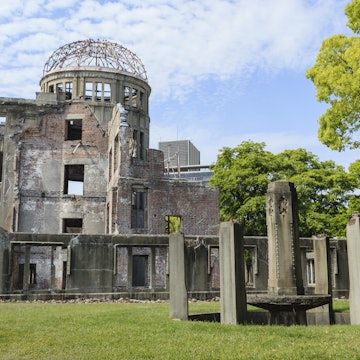
Overview
Travelers to Western Honshū (本州西部) will find a tale of two coastlines. San-yō (literally "sunny side of the mountains"), looking southwards out over the Inland Sea, boasts the bigger cities, the narrow-laned portside and hillside towns, ceramic history and the fast train. This coast holds the region's big name – indelibly scarred but thriving and warm-hearted Hiroshima.
Leave the planning to a local expert
Experience the real Western Honshū. Let a local expert handle the planning for you.
Must-see attractions
Get a book. Get inspired. Get exploring.
in partnership with getyourguide




















